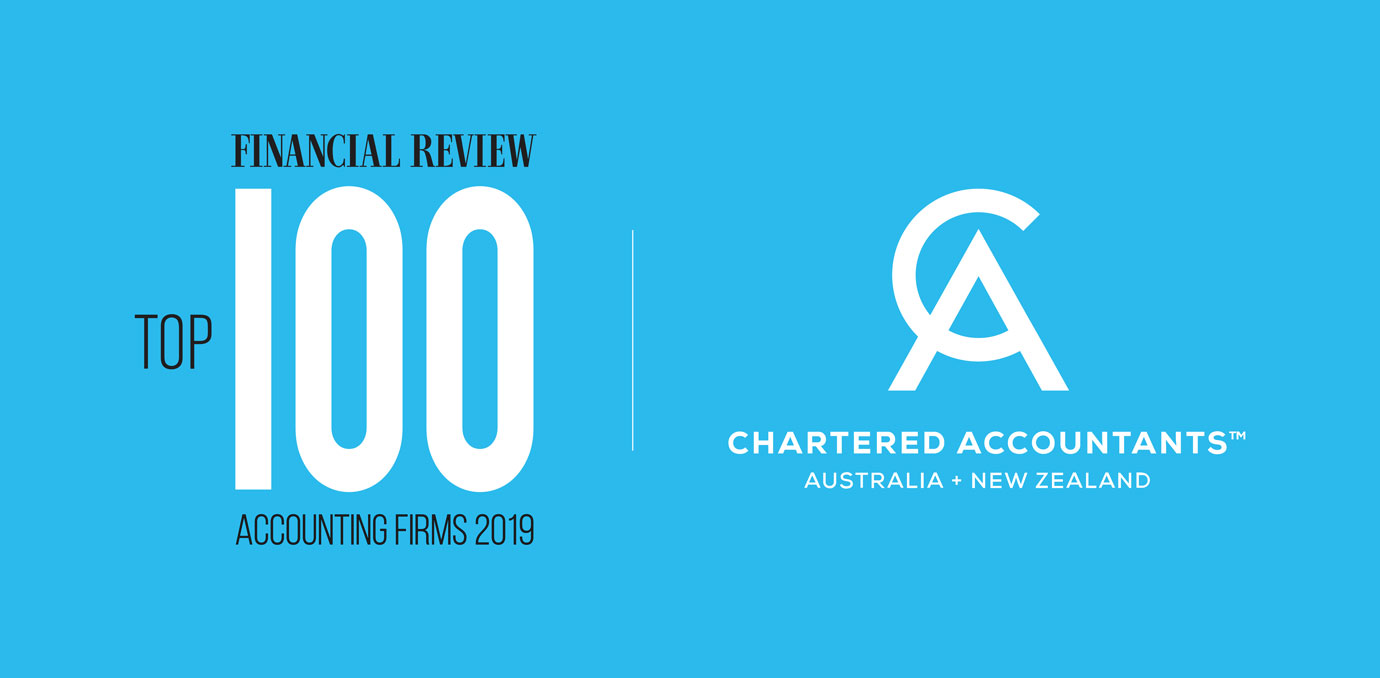Small Business Key Performance Indicators
Rede Accountants Gold Coast, Brisbane & Toowoomba
Your small business often chugs along oblivious to how other businesses in your industry perform.
In recent times, the ATO has published a number of small business key performance indicators (KPI’s) on an industry by industry basis. For example, they have adopted a summary of KPI’s for Kebab Shops. These indicators reflect averages of how Kebab shops trade in Australia based on lodgement of their specific income tax returns. The purpose of these statistics is for ATO focus on small business profitability and taxation obligations. For example, why did your Kebab shop not achieve these KPI’s when, on average, most Kebab Shops in Australia did? If you want to discuss the ATO approach and what it means for your business please contact us.
KPI’s can be of great value in measuring the performance of your business. KPI’s value frequently differs in value and in nature for different types of businesses. For example, the Kebab Shop verse a website design business.
What are some of the major KPI’s for trading and profitability trends? Let’s have a more positive look at some KPI’s you may find of benefit in running your business.
Gross margin as a percentage of sales.
This generally applies where you buy or manufacture goods and then sell the goods. For example, in the Kebab Shop, the cost of buying food and drink for resale. This KPI generally does not apply to businesses that provide services.
The calculation is gross profit divided by sales. If gross profit was $100,000 and sales were $1,000,000 the gross profit would be 10% and you are probably struggling in your business. This suggests your scale of business is low or you are pricing your product badly in the market or your entire industry is in trouble if this is the typical margin. On the other hand, a 10% gross margin for sales of $10 million may be acceptable.
It then begs the question, what is a good, bad or indifferent %? The answer is to contact one of our team members to discuss your situation.
Total business expenses as a percentage of sales.
This applies to all businesses. If the amount is 100% or more, you are in trouble. That means there is no profit in your business.
Importantly, whilst annual increases in business expenses is relevant, just as important is whether they are changing relative to sales. For example, if in one year your expenses are 80% of sales and the next year they are 90% of sales. This is a negative trend.
Costs of labour as a percentage of sales.
This also applies to all businesses that employ staff. A high ratio could suggest you are employing to many staff or that your industry is very labour intensive. Typically, labour ratios are higher in service industries than for manufacturers and retailers. Their products tend to require more labour input and less product input. For example, doctors, graphic designers, accountants etc.
Rental costs as a percentage of sales.
This measures the relative costs of renting your premises for operation. Typically, retailers and commercial offices have the highest rent levels relative to sales. Retailers, in particular, have in recent years seen their rental costs as a percentage of sales rising significantly and hence squeezing their profits significantly.
Net profit as a percentage of sales.
This measures business net profit as a percentage of sales. Most larger businesses place much emphasis on this. However, the next measure is a key. Net profit (before and after-tax) as a percentage of invested capital in the business or the Return on Investment.
Invested capital usually includes capital invested by the proprietors and retained annual profits. This is a major measure of efficiency for a business. It basically shows the return on funds invested. It can be compared with, say, investing the same funds in the bank where you might earn 2.5% at the moment or shares where your dividend return might be 4%. If your return on capital is 10%, is that good, bad or indifferent?
Stock turnover ratio. This is important for businesses that hold stock. Different industries have different ideal ratios. Basically, the higher the ratio, the more times your stock is selling within 12 months and the better that is for your business. For example, your stock may turn (sell) over 3 times a year.
In the case of Woolworths, for example, their stock turns over about 9 times a year. This implies they hold about 40 days of stock at any time. This is a high turnover and reflects the fact that supermarket stock turns over much quicker than most retail businesses.
CASE STUDIES FOR LARGE COMPANIES
The classic cases are the Australian banks. Any of the banks are pillared from post to post when they announce an annual profit (after tax) of, say, $9.9 Billion. The CBA announced that for 2017 financial year (pre-tax net profit was $13.94 Billion). On the surface that sounds massive and efficient. But is it? Let’s look at some of their ratios.
Some of their ratios were:
- Expenses as a ratio to sales: 47%
- Costs of Labour as a ratio 24%
- Costs of occupancy as a ratio Unable to calculate
- NP (before tax) as a ratio 53%
- NP (after tax ) to capital 15.6%
Small businesses won’t earn $9.9 Billion but most would want to earn a better return on their money than 15.6% for the risks they undertake by being in business. For that 15.6%, we also mean after allowing a fair market salary for the small business operator.
Let’s look at Woolworths’ ratios for last year:
- Gross margin 28.6%
- Expenses as a ratio to sales: 25%
- Costs of Labour as a ratio Unable to calculate
- Costs of occupancy as a ratio Unable to calculate
- NP (before tax) as a ratio 4%
- NP (after tax ) to capital 15.5%
The most interesting things are that Woolworths effectively makes 4 cents per dollar of sales, before tax. Note the similarity of its 15.5% return on capital compared with CBA.
This a snapshot of the more important efficiency ratios that can be adopted in any business.
Contact us for comment and assistance.
Stay tuned, we will be writing another paper on assessing the financial strength of a business.
The commentary is general in nature and should not be seen as specific advice.






